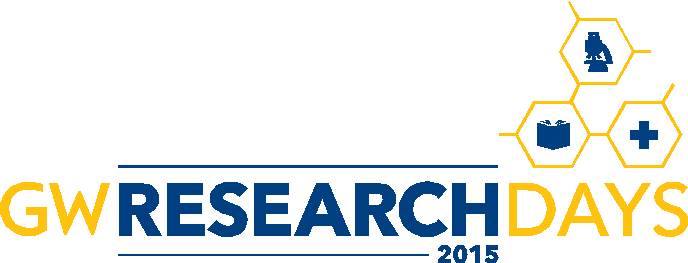Document Type
Poster
Keywords
Atrial Fibrillation, Junctional Ectopic Tachycardia, AF, JET, Atrial Arrhythmias, Rate Control, Cardiac Neurostimulation
Publication Date
2015
Abstract
Introduction: Atrial arrhythmias (AA) occur in up to 40% of patients recovering from open-heart surgery (OHS). Pharmacologic treatment has been the main strategy used for the control of post-operative AA, but is associated with hypotension, pro-arrhythmia and myocardial dysfunction. There is a need for a reversible, modulated solution to rate control. We demonstrated the efficacy of vagal stimulation at inferior right fat pad (FP) to slow the ventricular response (VR) of atrial fibrillation (AF) and junctional ectopic tachycardia (JET). We hypothesized that the VR response to AA could be improved by alterations in 1) the site of stimulation (anterior right FP vs. inferior right FP), 2) site within the two FP regions tested, and 3) whether there was a relationship between stimulation voltage (V) and electrophysiologic effect.
Methods: Eight mongrel dogs, age 8.7 ± 3.9 months and weighing 21.5 ± 2.5 kg, underwent open heart surgery replicating Tetralogy of Fallot repair. Stimulation of the anterior right (AR) and inferior right (IR) fat pad was used to control the VR of AF and JET. A 7-pole electrode was sutured to the AR and IR FP and used to deliver stimulation therapy. Tested parameters included: 1) FP site, 2) stimulation pole configuration, and 3) stimulation (1-25) V on the VR to AF and JET. Stimulation frequency was 30 Hz, and pulse width was 0.15 msec.
Results: 1). The inferior right FP was more effective in slowing the VR response to AF (-0.43 ± 0.18 vs. -0.18 ± 0.11 %, p =0.03) and JET (-0.16 ± 0.06 vs. 0.0 ±0.0, p =0.06.) 2). Selective site stimulation within a FP region could augment the effect of stimulation during AF (-0.48 ± 0.21 (maximum effect) vs. 0.0 ± 0.0 % (least effect), p=0.01). Stimulation of electrodes 2+3 produced the greatest reduction in HR with a maximum percent VR reduction of 34.8% 3). FP stimulation at increasing V demonstrated a voltage-dependent effect (-0.12 ± 0.19 (low V) vs. -0.63 ± 0.21 (high V) %, p=0.01).
Open Access
1



Comments
Presented at: GW Research Days 2015.